In Iran, this day is a day of national celebration, marking the seizing of the American Embassy in Tehran in November 1979. Less than a year after the revolution had ousted Shah Mohammad Reza, Iranian University students stormed the embassy and took its American staff hostage. For Iranians, this day is a day of bravery, of showing courage and stepping up to one of the great powers, the United States; in an attempt to prevent the course of events that taken place almost 30 years earlier: When the democratic election of President Mossadeq in 1953 forced the very same Shah Mohammad Reza to flee the country, the American intelligence, seeing Western interest at stake, staged a coup to overthrow the democratic Mossadeq government and putting the autocratic Shah back into power. The Iranian collective memory 30 years later had not forgotten what had taken place in 1953, fearing history to repeat itself – and consequently, storming the American embassy; in their opinion a center for American and Western espionage which was just about to plan another coup to topple yet another revolutionary Iranian movement.
In the United States, this is a day of tragedy; a day that marked the beginning of an ordeal that would last 444 days. For 444 days, American citizens worried about the lives of their fellow citizens who had been taken hostage in Tehran.
For global history, this day marks a pivotal event in Western-Iranian relations, as this is the event that would lead the United States to cut off all diplomatic relations with Iran and to impose unilateral sanctions on Iran.
Today, the ground of the American embassy in Tehran is home to a museum which is rarely open to the public. Only on very special occasions, visitors are allowed into the premises of the former embassy. When I was allowed to visit the embassy with other fellow foreign students a few years ago, I was obviously very excited. In the entrance hall, graffiti depicts the nasty side of Western influence and imperialistic attempts in the region. Moving on to the main offices of the Embassy, documents and photos show the takeover of the embassy and the espionage instruments the embassy staff supposedly used to communicate with their headquarters in the United States. In another room, visitors can find a memorial to the civil passenger flight 655 that was shot down by American military over the Persian Gulf in 1988, taking the life of all 290 passengers.
In short, the museum visualizes the deep mistrust that Iranians have toward Western politics.
Obviously, nobody can turn back time. Nobody can undo or change the event that strained the relations between Iran and the West and negatively impacted Iran’s image in the West for decades to come. However, in my opinion, the events of the past should not continue to overshadow the future. Particularly after the nuclear talks between Iran and the 5+1 finally reached an agreement in April this year, the time has come for a new beginning. The numbers of foreign tourists to Iran are increasing day by day, finally seeing an image of Iran that has been hidden for too long: A country full of history and culture, beautiful countryside and amazing food, and, above all, friendly and hospitable people. And maybe the American embassy in Tehran, a place that has been the symbol of cutting contact and dialogue in Iranian-Western relations can once more become a place for Iranians and foreigners to come together and engage in dialogue.
Eva grew up in Germany and is a former student of the University of Tehran. She currently lives and works as a consultant in Kabul, Afghanistan.














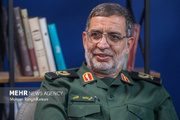
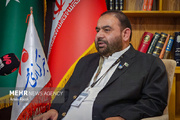
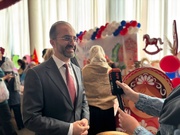






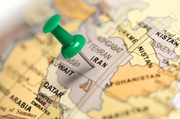
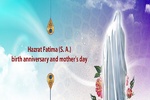

Your Comment